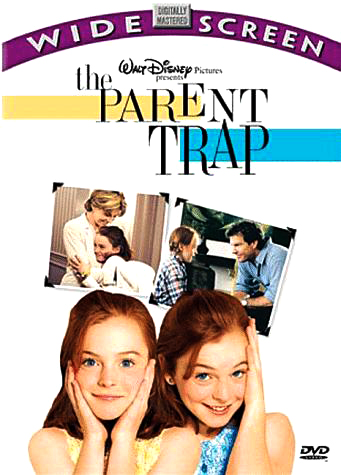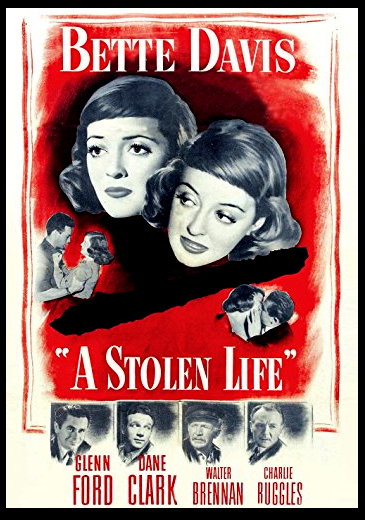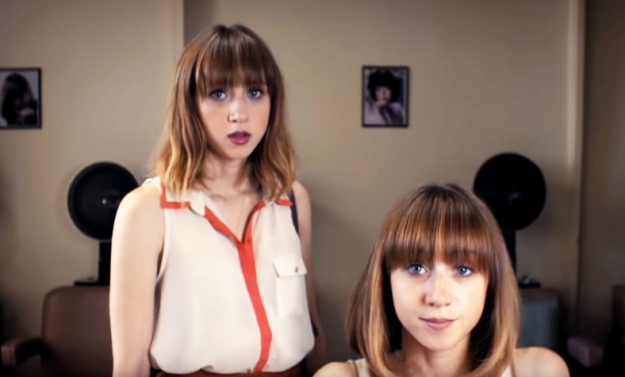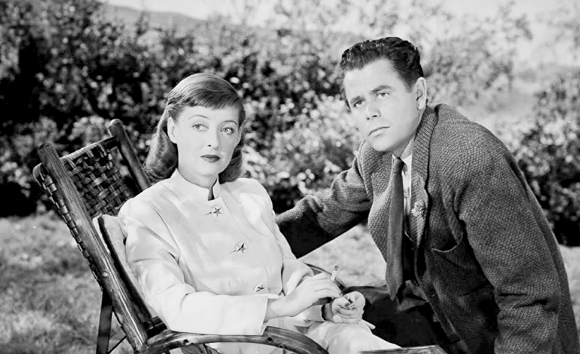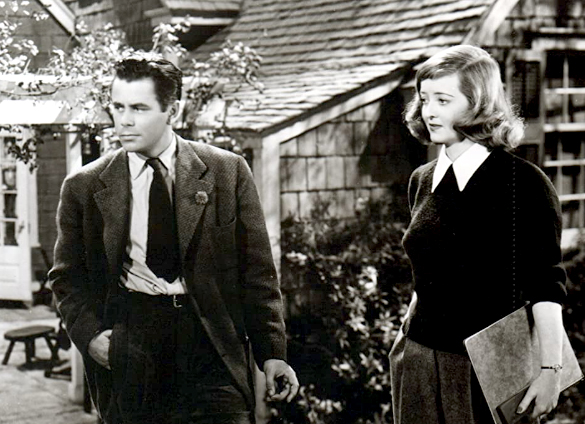Donna Weiss and Jackie DeShannon wrote a song about it, Kim Carnes made it popular, and Gwyneth Paltrow covered it in the film Duets (2000), but what does it mean to have Bette Davis eyes?
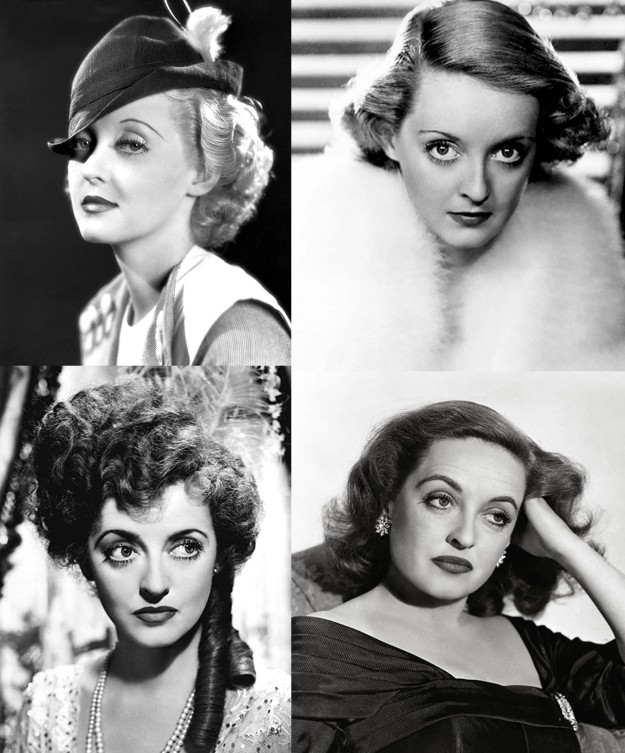
Sure, her hair is Harlow gold and she might just have Greta Garbo stand-off sighs, but do the song lyrics of “Bette Davis Eyes” adequately elaborate beyond depicting a seductress who is not afraid to cause a bit of pain (physical or emotional)? Writer Adib Khorram offers this perspective in his book Darius the Great Is Not Okay: Fariba Bahrami had the kindest eyes in the entire galaxy. They were huge and brown, with little soft pillows under them. Mom called them Bette Davis eyes (165).
I like Khorram’s mental image much more than the one from the song. To be honest, despite the nearly three decades I’ve been watching classic movies and mentally ranking various Hollywood actresses’ personas, talents, and other elements that evoke an air of alluring curiosity, Bette Davis did not feature prominently in these exercises. It wasn’t due to a lack of effort as much as it was a very delayed reaction. After all, I only developed an admiration for Ingrid Bergman and Barbara Stanwyck‘s onscreen magnetism years after college. As the adage notes, timing is everything, and when it comes to opening yourself up as a viewer to performing artists to whom you had previously felt indifferent, you cannot hurry the manifestation of that kind of esteem and fondness.
Eleven American presidents in office, forty-nine Nobel Peace Prizes awarded, and fourteen sets of Leap Years have come and gone in the half century that Bette Davis lit up the cinema and television screens. From 1931 to 1989, the two-time Academy Award-winning actress built an illustrious career playing an heiress [The Bride Came C.O.D. (William Keighley, 1941)], a non-conforming southern belle [Jezebel (William Wyler, 1938)], twins [A Stolen Life (Curtis Bernhardt, 1946) and Dead Ringer (Paul Henreid, 1964)], and a celebrated thespian [All About Eve (Joseph L. Mankiewicz, 1950)], among many other roles.
Spending a large part of last year better acquainting myself with Bette’s filmography by watching her films and interviews with Dick Cavett and reading Kathryn Sermak’s memoir Miss D & Me and Sherrie Tucker’s book Dance Floor Democracy has led me to a juncture of cultural and cinematic (re)discovery. As evidenced in the examples of mentorship, social etiquette, and reclamation of self-agency throughout Miss D & Me, Bette Davis was as much an actress as she was a teacher, eager to share her understanding of human psychology as well as her benchmarks for a fulfilled life. It was her strength and weakness — knowing exactly what and how she wanted to experience life, supremely prescient in the now quotidien meme of “expectations vs. reality.”
Learn more about Bette Davis in this TCM piece about her role at the Hollywood Canteen.
Enjoy these Bette Davisisms:
“Having a career [in Hollywood] includes not only that you can act but that you–that the people go and see you, because people make careers. No studio manager, no studio head can make you a star. The audiences made me a star, that was the great miracle to me.”
— Dick Cavett interview from 1969 included on the Criterion Edition of All About Eve.
“I feel I am an actress, I hope. With my taste in what I like to do, I never thought I would ever be a box-office person, because you see, when I went [to Columbia Pictures] in [1930], imagine looking at me after they’d been looking at these really beautiful women that’d been in silent pictures for years. Imagine seeing Jean Harlow and then I come through the gate, you know, ’cause I started in theatre and stage actors, you know, it wasn’t important how you looked out of the theatre. I didn’t wear makeup and glamourous clothes, you know, I just dressed in an ordinary, little Yankee way.”
— Dick Cavett interview from 1971 included on the Criterion Edition of Now, Voyager.
Pic creds: 20th Century Fox, Warner Brothers, IMDB




